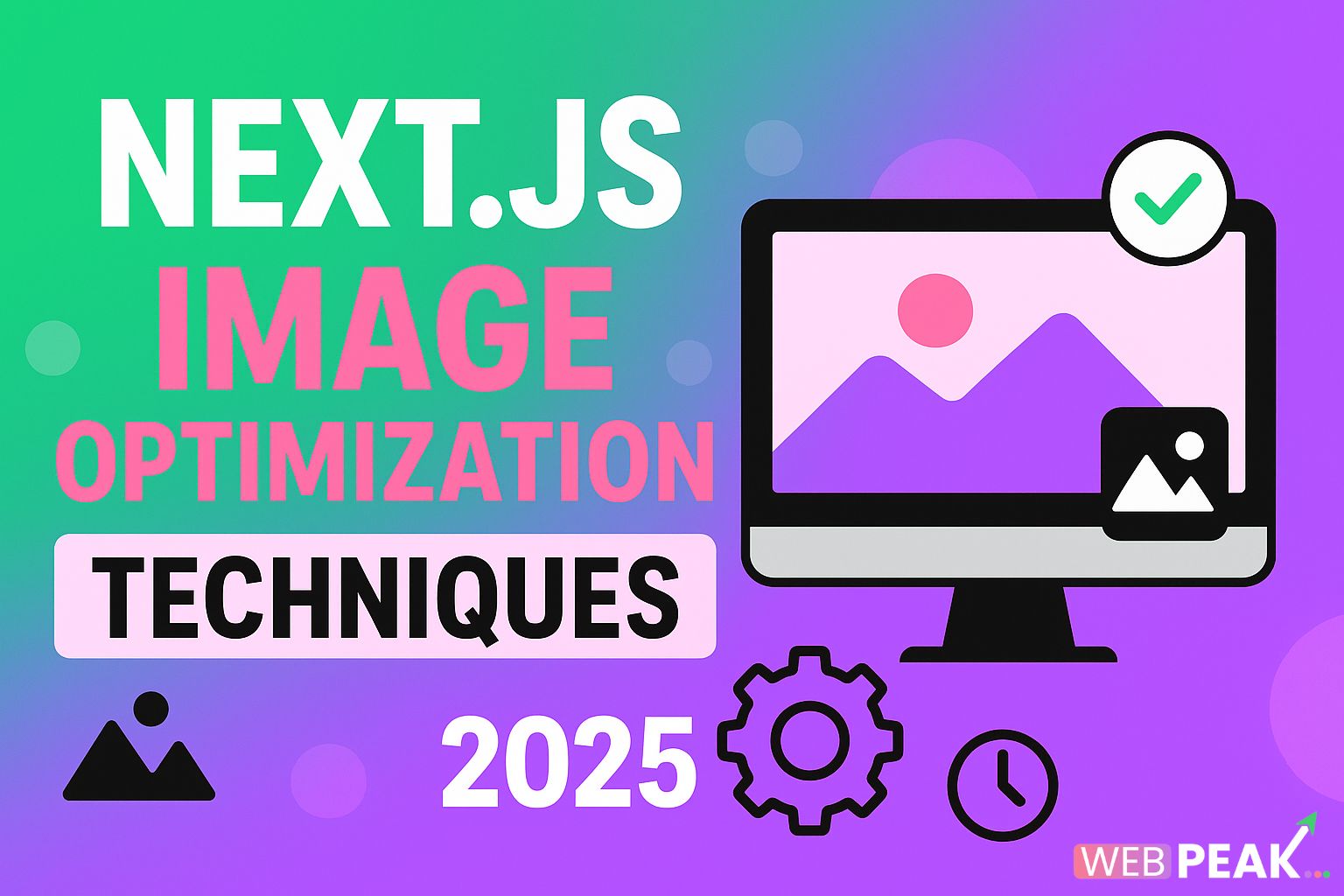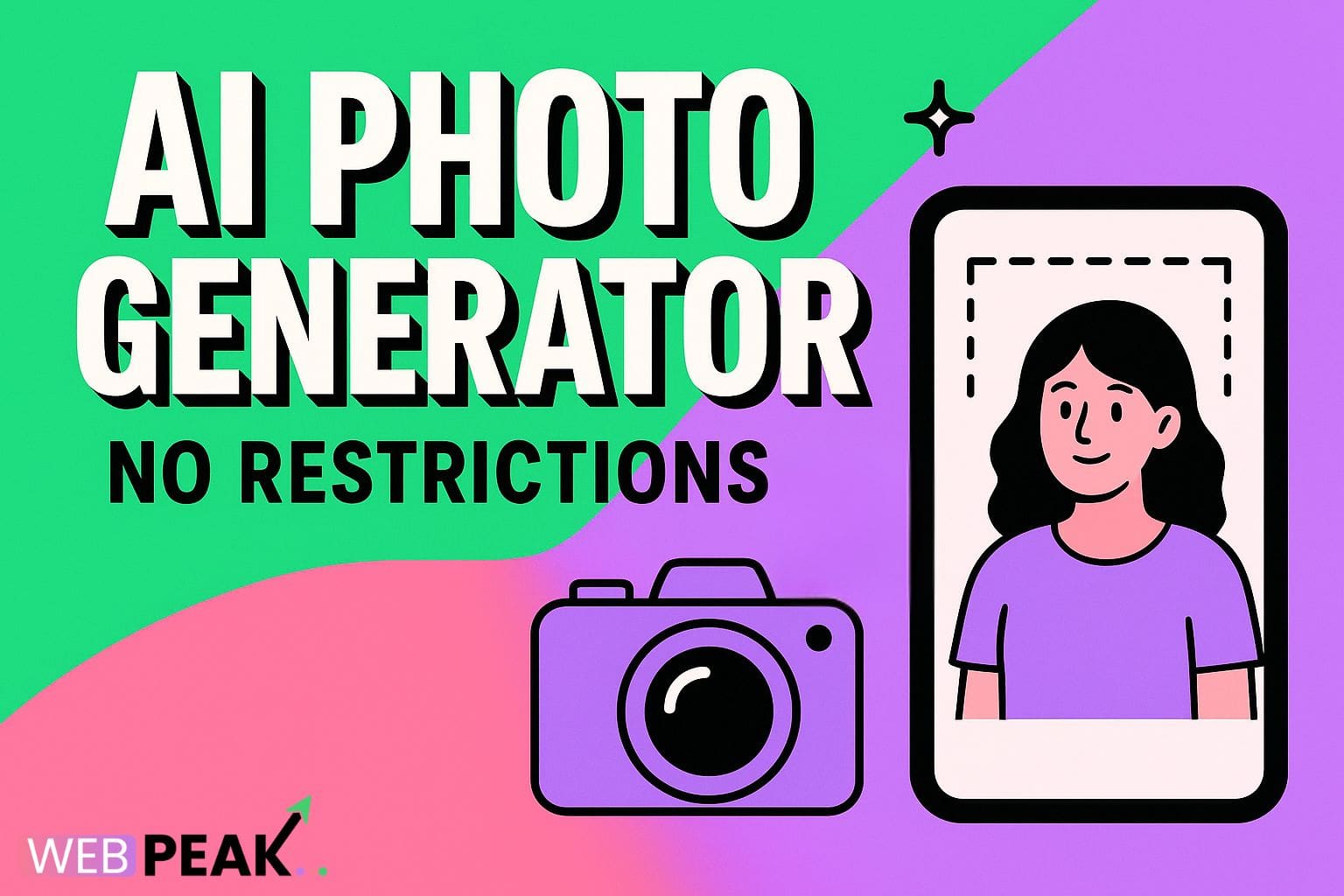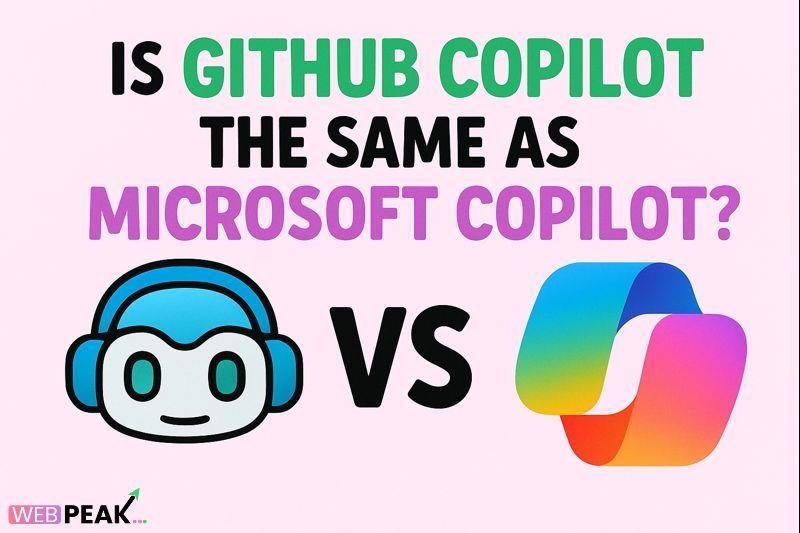Next.js Image Optimization Techniques 2025
In 2025, website performance and SEO go hand in hand. Images remain one of the most significant factors affecting page speed and user experience. If you’re using Next.js, you already have access to one of the most advanced frameworks for handling web performance. This guide will walk you through the best Next.js Image Optimization Techniques in 2025, covering modern practices, tools, and actionable steps to make your website faster and more SEO-friendly. Whether you’re a developer, marketer, or business owner, mastering these optimization strategies is essential for staying competitive in search rankings and user engagement.
Why Image Optimization Matters in 2025
Images enhance content but also increase page load times. Google’s Core Web Vitals—specifically Largest Contentful Paint (LCP)—heavily depend on how efficiently your images load. Optimizing images in Next.js helps improve both performance and SEO metrics, leading to better rankings and higher conversions. As modern devices and screen sizes evolve, so must your image strategy. The Next.js next/image component has evolved significantly, supporting advanced formats and responsive loading to ensure every user gets the perfect image, every time.
Understanding the Next.js Image Component
The next/image component is the foundation of image optimization in Next.js. It provides automatic resizing, compression, lazy loading, and support for modern image formats. It ensures you deliver the right image size for every device and screen resolution. Below is a basic example of using this component:
import Image from 'next/image'
function Example() {
return (
<Image
src="/images/sample.jpg"
alt="Optimized image example"
width={800}
height={600}
quality={85}
priority
/>
)
}
export default Example
This setup automatically handles multiple optimizations behind the scenes, like resizing and format conversion, reducing the need for manual image management.
Key Next.js Image Optimization Techniques for 2025
1. Use Next.js Built-in Image Optimization
Next.js optimizes images dynamically when they’re requested, generating different sizes for various devices. The images are cached and served efficiently via the built-in Image Optimization API. You can also configure external image loaders for custom domains or CDNs.
module.exports = {
images: {
domains: ['cdn.yourwebsite.com'],
},
}This ensures Next.js can handle optimization for images hosted on your CDN or other external sources.
2. Choose the Right Image Format
In 2025, WebP and AVIF remain the gold standards for high-quality and low-size image formats. The next/image component automatically converts supported images into these formats for optimal compression. AVIF offers superior compression, though WebP remains widely compatible. Whenever possible, upload images in these formats for the best results.
3. Implement Responsive Images
Different devices require different image resolutions. The sizes attribute helps you define how an image should behave across screen widths. This ensures mobile users don’t download unnecessarily large files, while desktop users still get crisp visuals.
<Image
src="/images/hero.jpg"
alt="Responsive example"
fill
sizes="(max-width: 768px) 100vw, 50vw"
/>This configuration adjusts the image size dynamically depending on the screen width, improving both performance and user experience.
4. Enable Lazy Loading
Lazy loading defers the loading of offscreen images until the user scrolls near them. The next/image component does this automatically, which significantly boosts initial page load speeds and Core Web Vitals. You can control this with the loading property if needed:
<Image
src="/images/blog-cover.jpg"
alt="Lazy load example"
width={1200}
height={800}
loading="lazy"
/>5. Optimize Image Quality Settings
The quality prop allows you to balance visual fidelity and file size. Values between 70–85 typically provide the best results. Adjusting this value can drastically reduce bandwidth usage without noticeable quality loss.
<Image
src="/images/product.jpg"
alt="Product image"
width={600}
height={400}
quality={80}
/>6. Use Image Placeholders for Better UX
Blurred placeholders improve user experience by showing a low-resolution preview while the full image loads. This prevents layout shifts and improves perceived performance. You can enable it like this:
<Image
src="/images/portfolio.jpg"
alt="Portfolio preview"
width={800}
height={600}
placeholder="blur"
blurDataURL="/images/portfolio-blur.jpg"
/>7. Implement CDN and Edge Caching
To further enhance performance, integrate your Next.js image optimization with a CDN. This ensures faster image delivery to users across different regions. Many modern CDNs like Cloudflare Images or Vercel’s Edge Network seamlessly integrate with Next.js image APIs for distributed caching and minimal latency.
8. Optimize Static and Dynamic Images
Next.js supports both static images (in your project directory) and dynamic ones (from APIs or external sources). For dynamic sources, define them in your next.config.js so that Next.js can handle transformations automatically. This is especially helpful for eCommerce and content-heavy sites that fetch user-generated or dynamic content.
9. Preload Critical Images
For above-the-fold content, use the priority prop to preload images that must load immediately. This prevents LCP delays and improves your performance score.
<Image
src="/images/hero-banner.jpg"
alt="Hero Banner"
width={1600}
height={900}
priority
/>10. Use Image Optimization for SEO
Optimized images don’t just improve speed—they improve SEO visibility. Use descriptive alt attributes, structured filenames, and image sitemaps to ensure search engines can index them correctly. For example:
- Use filenames like
nextjs-image-optimization-guide.jpginstead ofimage1.jpg. - Add descriptive
alttext that naturally includes your target keyword. - Generate an image sitemap to help Google discover all images quickly.
Advanced Image Optimization Strategies for 2025
1. Leveraging AVIF and Next-Gen Formats
AVIF has become a dominant format for web optimization in 2025. It offers better compression rates than WebP and supports high dynamic range (HDR). Next.js 15+ supports AVIF out of the box, making it easier to serve the best format automatically depending on browser compatibility.
2. Integrating AI-Based Image Compression Tools
AI-driven image optimization tools can now predict the minimal quality threshold needed without losing detail. Integrate them in your CI/CD pipeline to preprocess images before deployment, reducing runtime processing overhead.
3. Using Edge Functions for On-the-Fly Image Resizing
With Vercel Edge Functions or other serverless solutions, you can perform instant transformations at the edge—cropping, resizing, or watermarking images as they’re requested. This technique eliminates the need for manual variants and reduces build time.
4. Prefetching and Image Caching Strategies
Prefetching frequently used images, such as brand logos or UI icons, improves performance for returning users. You can combine service workers with Next.js’s image caching to store optimized assets locally, minimizing server calls and speeding up repeat visits.
5. Monitoring and Testing Image Performance
Tools like Lighthouse, PageSpeed Insights, and WebPageTest allow you to monitor your optimization progress. Regularly audit your pages and analyze LCP, CLS, and TBT scores. Look for opportunities to further reduce image size or preconnect to image CDNs.
SEO Checklist for Next.js Image Optimization
- Always use descriptive filenames with keywords.
- Add
alttext with natural keyword use. - Optimize image dimensions before upload.
- Serve next-gen formats (WebP, AVIF).
- Use lazy loading for offscreen images.
- Preload above-the-fold images with
priority. - Use responsive attributes (
sizesandfill). - Enable CDN caching for faster global delivery.
- Regularly monitor Core Web Vitals.
Common Mistakes to Avoid
- Uploading oversized images without resizing.
- Ignoring alt attributes (hurts accessibility and SEO).
- Serving the same image size for all devices.
- Forgetting to cache or use a CDN.
- Using outdated formats like BMP or TIFF.
FAQ: Next.js Image Optimization Techniques 2025
1. How does Next.js optimize images automatically?
Next.js uses its built-in Image Optimization API to resize, compress, and serve images in next-gen formats like WebP or AVIF based on the user’s device and browser. This happens dynamically on the server or at the edge for best performance.
2. Do I need a CDN with Next.js Image Optimization?
While Next.js can optimize images without a CDN, using one enhances performance for global users. It reduces latency and speeds up image delivery, especially for high-traffic sites.
3. Can I optimize images from external URLs?
Yes. You can configure allowed domains in next.config.js so Next.js can process and optimize external images securely.
4. Should I use AVIF or WebP in 2025?
Both are great, but AVIF offers better compression at slightly higher processing cost. Next.js automatically serves the best-supported format depending on the user’s browser, so you don’t need to worry about manual setup.
5. How do optimized images affect SEO?
Faster-loading, properly tagged images improve Core Web Vitals, reduce bounce rates, and boost rankings. They also enhance user engagement—factors Google values highly.
6. Can I use Next.js Image Optimization with Static Export?
Static exports don’t support built-in optimization by default, but you can use external image CDNs or pre-build scripts to compress images before deployment.
Conclusion
Mastering Next.js Image Optimization Techniques in 2025 is essential for any modern web project. Properly optimized images improve loading speed, SEO, and overall user experience. With features like lazy loading, responsive resizing, and next-gen format support, Next.js makes it easier than ever to achieve top-tier web performance. Combine these techniques with a solid SEO strategy to ensure your site stands out in search results.
For expert help with implementing these techniques and improving your overall digital presence, consider working with WEBPEAK — a full-service digital marketing company providing Web Development, Digital Marketing, and SEO services designed to help your business thrive online.





